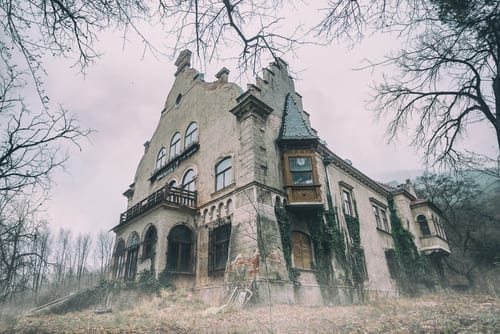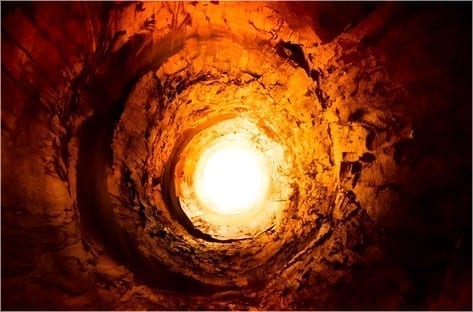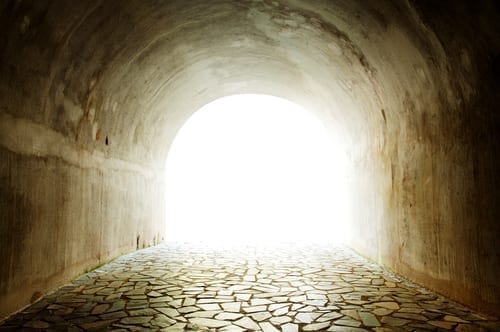What exactly happens with the souls of the dead? It’s not so clear; Maybe that's why the distinguished Russian professor, Gennadi Delcev decided to research the subject in a scientific manner. The study can be described as slightly mystical. It is currently being conducted by the professor at the School of Exact Mechanics in St. Petersburg.
“We certainly did not have any mystical aspirations at first”, says one team member, Physics PhD, Dr. Konstantin G. Korotkov. 'Our mission was to develop equipment for the early detection of disease, with the aid of the human energy field. But during the course of our experiments, we stumbled upon some incredible discoveries.’ The Scientists decided to take advantage of the well-known physical phenomenon known as Kirlian Effect.
We’re talking about an electromagnetic aura that is radiated from the human body. Using special instruments, it is possible to detect several components within this aura, which describe the health of the organs. The researchers developed computer software that diagnoses the person’s health based on the nature of the aura – its intensity and its outer form.
During the progression of the research, Professor Delcev suggested to check how long it takes for the field of energy to disappear once the person dies. The first experiment shocked the scientists; it turns out that it doesn’t disappear completely. In the following stage, the researchers discovered three different types of auras; one pertaining to the elderly, who died of natural causes without pain. This aura weakened gradually for two days and then stabilized. Then there’s the aura of the bodies of the young, who died suddenly because of an accident or a murder. They radiated a continuously changing glow. During the first hour after death the aura strengthened and weakened with steep fluctuations, and after about 6 hours of flickering it stabilized.
The third group was made up of dead bodies of people who suffered great pain – either physical or mental (this group also includes suicide victims). In this case, the aura did not stabilize at all, at least during the first nine days after death – and it changed all the time, it strengthened and weakened in an alternating fashion. Professor Delcev also learned to distinguish between the convulsions of a suicide victim as opposed to a person who was killed by others.
This discovery allows criminologists to determine if a person committed suicide or was murdered, and whether the killer staged the circumstances of the murder as a suicide. The team also found that the auras of the corpses intensify at night, but in different ways. On the first night the intensity of the glow increased around all the bodies, on the second night – only on a few bodies in groups 1 and 2.
In victims of suicide and people who have died of alcohol abuse, the aura grows stronger every night, as if the soul continues to suffer even after the death of the body. The researchers are now studying each component of the aura.
“The goal”, says Dr. Konstantin G. Korotkov is “to discover the human soul through physical and mathematical methods and see where it actually disappears to after death.”





